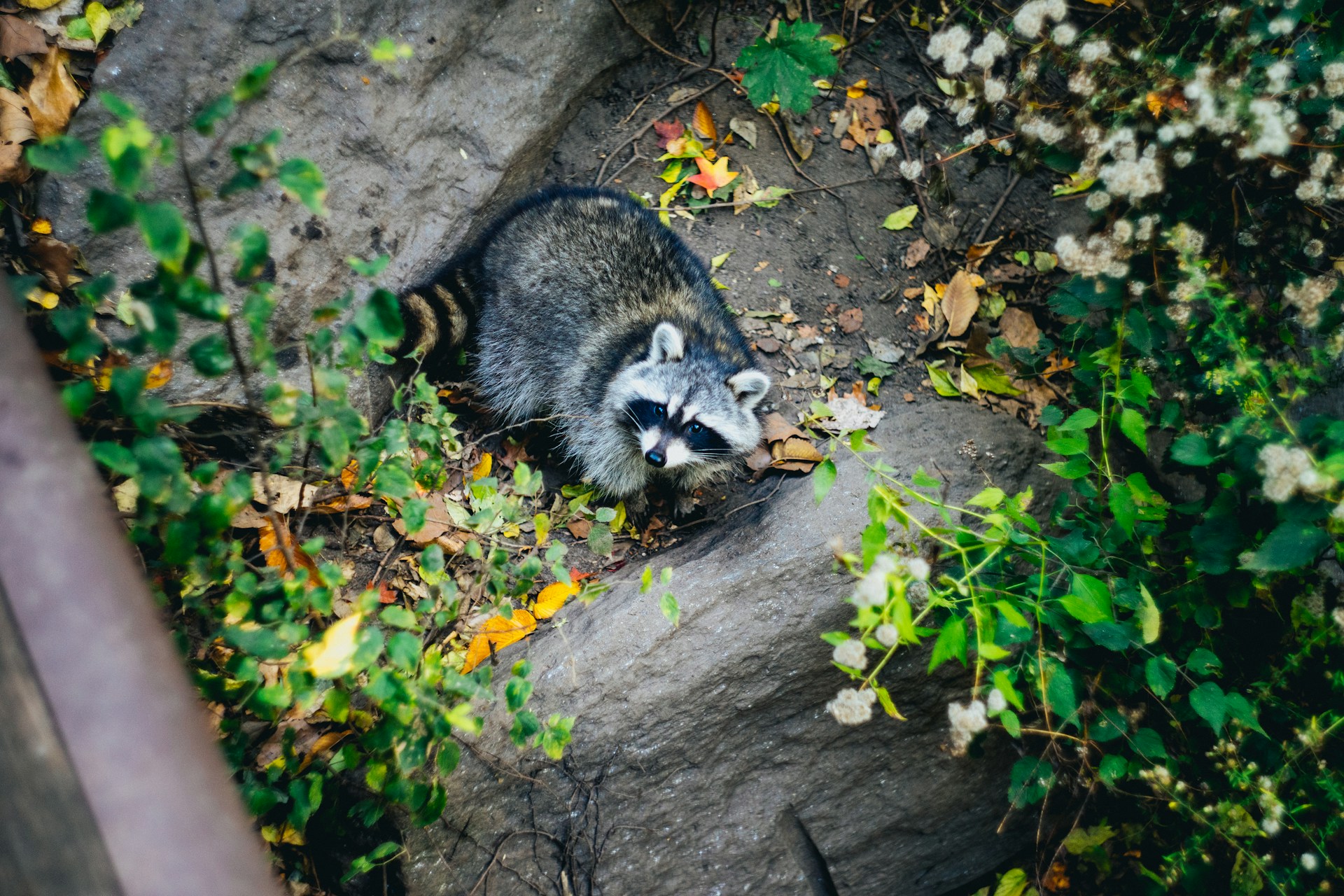I. Introduction
In the grand orchestration of the world’s numerous ecosystems, each player holds a distinct role. Hummingbirds, for instance, are not merely exquisite creatures admired for their vibrant plumage and swift flight; they take up a cardinal position as pollinators equivalent to bees within various ecosystems. As intricate as a finely woven tapestry, these ecosystems see every factor playing its part; the hummingbird’s role in ecosystem maintenance is undeniably crucial.
Hummingbirds and their preferred plants exhibit a unique co-evolutionary relationship. They transport seeds on their feathers and beaks, leading to increased plant diversification. This ecological balance is delicately poised and vulnerable to disruptions like climate change and habitat loss. This paper, therefore, not only educates readers about fast-growing flowers that attract hummingbirds in New York but also emphasizes the importance of native New York flowers in supporting ecosystems. Recommendations for quick planting projects, as well as more long-term endeavors, will be included.
II. Climate and Growing Conditions in New York
New York’s varied climate, represented by USDA Hardiness Zones 3 to 7, is diverse, with the southern areas experiencing milder winters compared to the north. This variation influences the types of vegetation that can thrive in different parts of the state. Understanding these zones can help you choose the appropriate plant species for your location.
Typically, New York experiences cold, snowy winters, and hot, wet summers. The state’s dominant soil type is Inceptisols, found in both the north and south. While these features of the New York climate present certain challenges, they also provide unique opportunities to cultivate a variety of plant species conducive to attracting hummingbirds.
III. Fast-Growing Flowers for Attracting Hummingbirds
A variety of native flowers are well-suited to New York’s climate and attract hummingbirds efficiently.
- Columbine (Aquilegia canadensis): As the red and yellow petals of Columbine bloom in the spring, these native flowers offer a high nectar reward, making them a favorite among hummingbirds. They are best grown in partial to full sun, in well-draining soil.
- Trumpet Honeysuckle (Lonicera sempervirens): This vine is another valuable hummingbird attractant. Its beautiful red or orange flowers bloom from April to July, offering an irresistible nectar source for hummingbirds. Full sun to part shade, and moderately moist soils, suit this vine best.
- Bee Balm (Monarda didyma): The brightly colored, tubular flowers of Bee Balm are a bonanza for hummingbirds during the summer. This perennial plant prefers full sun and moist but well-drained soil.
Fast-growing flowers that are not native to New York but do well in the climate include:
- Cardinal Flower (Lobelia cardinalis): This robust perennial flourishes in the summer with dazzling red, tube-shaped flowers that hummingbirds find irresistible. It thrives best in full sun to part shade and in consistently moist soil.
- Scarlet Sage (Salvia coccinea): These flowers bloom vibrantly from summer into fall and attract scores of hummingbirds. While they are not perennials in New York’s climate, they grow quickly from seed and often reseed themselves.
- Coral Bells (Heuchera sanguinea): Another hummingbird magnet, Coral Bells bloom in early summer, providing a rich nectar source. They are drought-resistant, making them a practical option for New York’s dry summers.
IV. Longer-Term Flower Options and Annual Planning
For those willing to invest in a longer-term project, planting the Trumpet Creeper (Campsis radicans) – a fast-growing vine native to the eastern US – is an excellent way to attract hummingbirds. Although it takes longer to establish, the payoff is rewarding with vivid, trumpet-shaped flowers adorning your garden from July to September. Another long-term option is the Flowering Maple (Abutilon hybridum), an attractive plant with beautiful bell-shaped flowers.
Planning one’s garden to have flowers blooming from early spring through late fall ensures a constant food supply for hummingbirds. Plant early bloomers for spring, mid-season blooming flowers for summer, and late-blooming varieties for the fall.
V. Regional Recommendations and Practical Planting Tips
In the milder climates of southern New York, plants like the Eastern Red Columbine and Trumpet Honeysuckle do well. These areas also present opportunities to grow species that favor microclimates, provided they are grown with proper care and attention.
In Northern New York, where conditions are harsher, aim for hardy, native plants like the Bee Balm. These resilient flowers are well-adapted to the local climate and soil, ensuring successful hummingbird-friendly gardens despite the challenges.
Beyond planting specific flowers, consider adding hummingbird feeders, a water feature, and natural perches to your garden. Creating a hummingbird-friendly environment helps ensure frequent visitors to your garden.
When sourcing seeds and plants, consider contacting local nurseries and seed companies. They can provide specific recommendations and resources tailored to your particular location.
VI. Challenges, Criticisms, and Solutions
Building a hummingbird-friendly garden is not without its challenges. Introducing non-native plants can lead to species becoming invasive, disrupting local biodiversity. Climate change also impacts hummingbirds and their preferred plants. However, these concerns can be mitigated by sticking with native plants and implementing resilient gardening practices.
Seeking advice from local horticulturists and gardeners can be incredibly beneficial. Their expert recommendations and insights can help you navigate through the challenges and produce a successful, hummingbird-attracting garden.
VII. Conclusion and Additional Resources
Planting hummingbird-friendly gardens plays a crucial role in supporting these essential pollinators and contributes positively to biodiversity, demonstrating how native New York flowers support ecosystems. It is a rewarding endeavor that not only decorates your surroundings but also contributes to a larger cause.
While this guide provides a starting point, continued learning is critical. Books, websites, and local garden clubs offer a wealth of information, constantly keeping you in the loop about advancements in the field of gardening and conservation. Let’s make the world a better place, one garden at a time!

